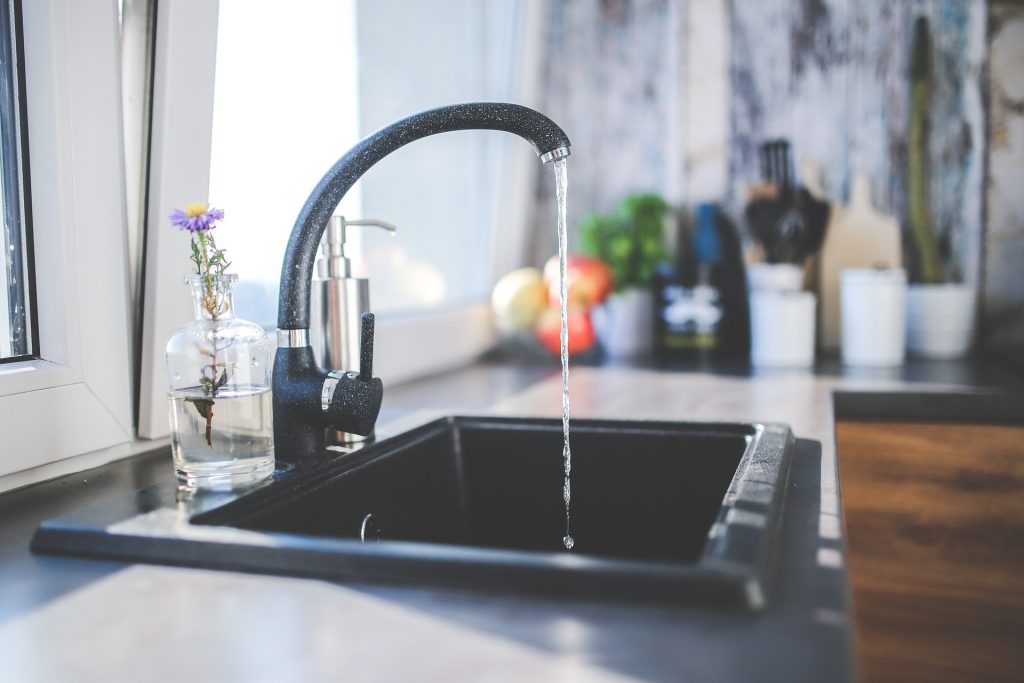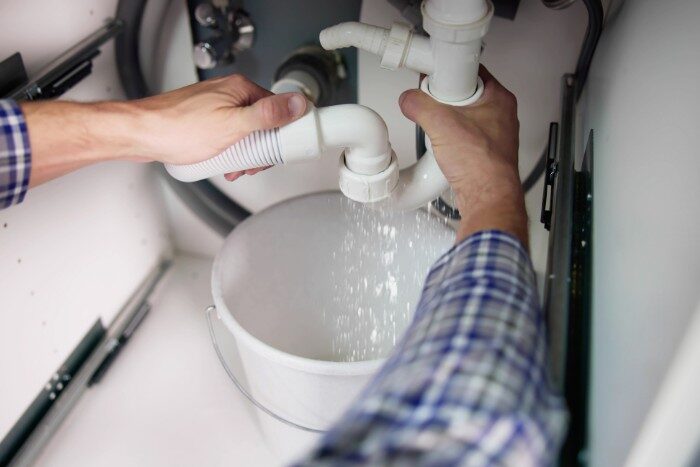
How to Reduce Water Loss in Pipelines: Tech Solutions for Sustainability
Share
In today's rapidly advancing world, the challenge of how to reduce water loss in pipelines has become increasingly important. With technology professionals and tech enthusiasts at the forefront of innovation, tackling this issue is not only a necessity but an opportunity for groundbreaking advancements. Addressing water loss in pipelines is crucial in promoting sustainability and ensuring efficient resource management. In this article, we will explore various strategies and technologies that can help in mitigating water loss, thereby contributing to a more sustainable future.

Understanding the Causes of Water Loss in Pipelines
Water loss in pipelines is a multifaceted problem that can arise from several factors. These include leaks, bursts, and inefficiencies within the system. Understanding these causes is the first step in developing effective solutions. Leaks can occur due to aging infrastructure, corrosion, or improper installation. Burst pipes, often resulting from high pressure or external damage, can lead to significant water wastage. Additionally, inefficiencies in water management systems can exacerbate these problems, leading to further losses.
Technological Innovations in Pipeline Management
Technology is playing a pivotal role in addressing the challenge of water loss in pipelines. From smart sensors to advanced analytics, tech innovations are transforming how we manage and maintain pipeline infrastructure. Smart sensors can detect leaks and bursts in real-time, allowing for prompt interventions and minimizing water wastage. These sensors utilize IoT technology to provide continuous monitoring, ensuring that any anomalies are quickly identified and addressed.
Advanced analytics and machine learning algorithms are also instrumental in predicting potential failures and optimizing maintenance schedules. By analyzing historical data and identifying patterns, these technologies can forecast when and where issues are likely to occur, enabling proactive measures to prevent water loss.
Implementing Smart Water Management Systems
Integrating smart water management systems is a key strategy in reducing water loss in pipelines. These systems leverage IoT devices and cloud computing to provide comprehensive insights into water usage and distribution. By monitoring flow rates, pressure levels, and usage patterns, smart water management systems can identify inefficiencies and suggest corrective actions.
Moreover, these systems facilitate better coordination between different parts of the water network, ensuring that resources are allocated efficiently. This holistic approach not only reduces water loss but also enhances the overall sustainability of the water supply system.
The Role of AI and Machine Learning
Artificial Intelligence (AI) and Machine Learning (ML) are revolutionizing the way we approach water management. These technologies enable the development of predictive models that can anticipate pipeline failures and optimize maintenance strategies. By continuously learning from data, AI and ML can improve the accuracy of predictions, leading to more effective interventions.
For example, digital solutions for water efficiency can analyze vast amounts of data from various sources to identify trends and correlations. This information can be used to optimize water distribution and reduce losses, ultimately contributing to a more sustainable and efficient system.
Collaborative Efforts and Community Engagement
Addressing water loss in pipelines requires a collaborative approach involving various stakeholders, including government agencies, private companies, and local communities. Community water-saving programs play a vital role in raising awareness and promoting responsible water usage.
By engaging with communities and encouraging participation in water conservation initiatives, we can foster a culture of sustainability and accountability. This collaborative effort is essential in driving long-term change and ensuring that our water resources are managed effectively.
Looking Ahead: Future Trends in Pipeline Management
As we look to the future, several trends are likely to shape the landscape of pipeline management and water conservation. The integration of blockchain technology, for instance, holds promise for enhancing transparency and traceability in water management systems. By providing a secure and immutable record of transactions, blockchain can improve accountability and trust among stakeholders.
Furthermore, advancements in sensor technology and data analytics will continue to drive innovation in pipeline management. These technologies will enable even more precise monitoring and control, reducing water loss and improving the efficiency of water distribution networks.
Conclusion
The challenge of how to reduce water loss in pipelines presents a significant opportunity for tech professionals and enthusiasts to contribute to a more sustainable future. By leveraging cutting-edge technologies and fostering collaboration, we can develop innovative solutions that address this critical issue. As we move forward, it is essential to remain committed to sustainable practices and continue exploring new ways to optimize water management.
For more insights on water conservation, visit the EPA's WaterSense program or explore California's water conservation tips. These resources provide valuable information on how to save water and promote sustainability in everyday life.

FAQs
What causes water loss in pipelines?
Water loss in pipelines can be caused by a variety of factors, including leaks, bursts, and inefficiencies within the system. Aging infrastructure, corrosion, and high pressure are common contributors to these issues.
How can technology help reduce water loss?
Technology can help reduce water loss by providing real-time monitoring, predictive analytics, and smart management systems. Innovations such as IoT sensors, AI, and machine learning enable more effective management and maintenance of pipeline infrastructure.
What role do communities play in reducing water loss?
Communities play a vital role in reducing water loss by participating in conservation initiatives and promoting responsible water usage. Collaborative efforts between stakeholders and community engagement are essential in driving long-term change and ensuring sustainable water management.
